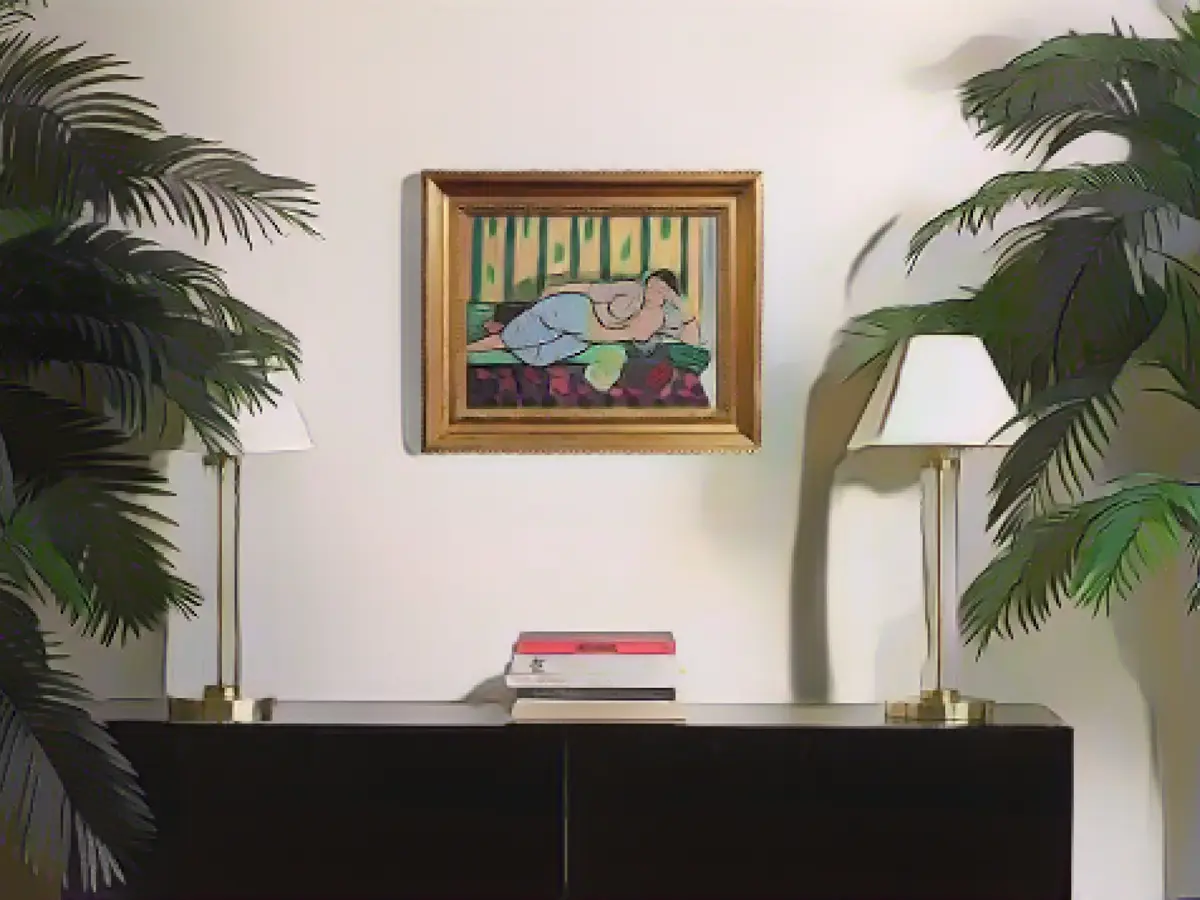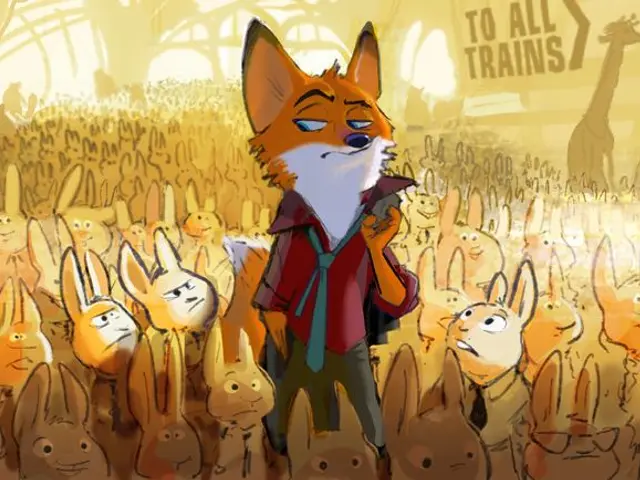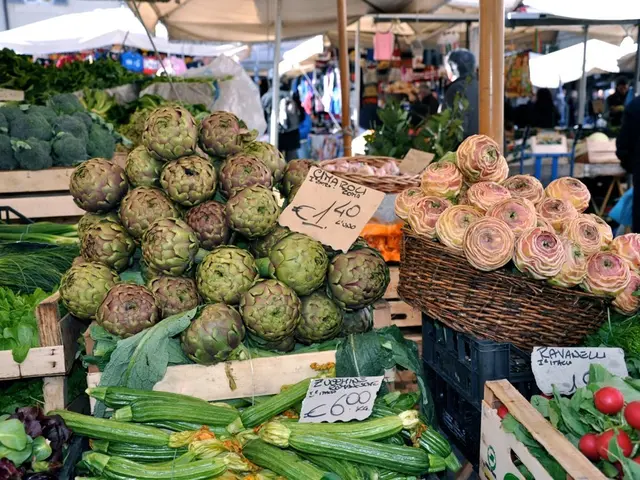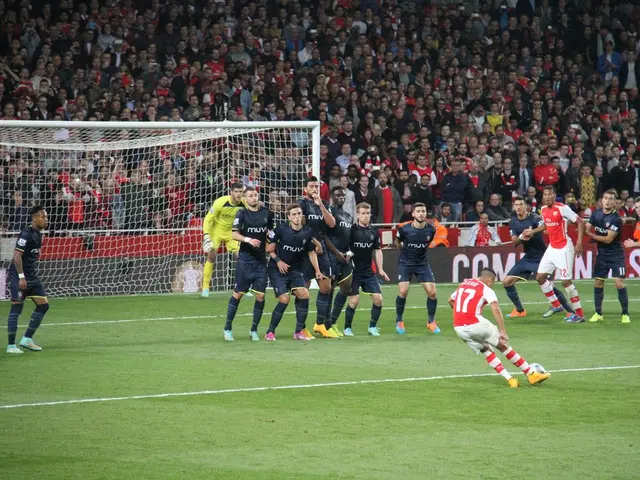3D Printing: Replicating Art Masterpieces for Collectors and Museums
The Revolution in Art Imitation
Lito Masters, a company founded in 2022, is revolutionizing the art world by collaborating with major museums to create stunningly detailed replicas of famous paintings. Utilizing 3D printing technology, they scan masterpieces from artists like Vincent van Gogh, Henri Matisse, and Wassily Kandinsky, and reproduce every stroke, every imperfection, and every texture onto canvas or paper. This innovative process amounts to almost a "clone" of the original, as stated by Lito Masters co-founder John Dodelande in an interview with CNN.
Selling History at a Fraction of the Price
These 3D printed replicas are marketed as new innovations in lithography, barely discernible from the original works on which they're based. There is, however, one clear difference — price. A Vincent van Gogh reproduction sold for nearly $10 million at auction; the same piece can be purchased for just under $4,000 as a 3D printed replica. Prices for these replicas range from €450 ($493) for a small paper piece to €6,650 ($7,281) for a nearly life-size painting by René Magritte.
Limited Editions and Certification
Each piece is produced in limited editions, ranging from 150 to 999, and accompanied by an authenticated certificate from the possessing museum. These exacting replicas provide art lovers a precious opportunity to own a piece of history at a cost far more accessible than the original.
Exclusive Licenses and New Partnerships
Lito, Lito Masters' parent company, possesses exclusive commercial licenses for cutting-edge laser scanners, often utilized in research settings within art institutions. Scanning a painting hung on a museum wall can stretch to as long as six hours per square meter, according to Dodelande, who mentioned that his team works during museum closures to ensure the precision required.
Lito Masters and Musée de l'Orangerie
Lito Masters is now collaborating with the Musée de l'Orangerie in Paris, scanning Claude Monet's "Water Lilies" murals for a new series of collector's items. This partnership aims to make the intricate beauty of these works available at more reasonable sizes and prices for art enthusiasts.
Affordable Access to Art
Museums benefit from the commercialization of scan technology to offer more substantial mementos than simply posters or high-resolution prints. By selling Lito Masters-produced reproductions within souvenir shops, they can provide unique items that can be taken home, reflecting the visitors' experiences.
Partnerships and New Opportunities
Lito Masters plans to collaborate with more museums and artists' estates, including works from Frida Kahlo and Tsuguharu Foujita, releasing them soon. Through its Joint Venture Lito Editions, the company also partners with contemporary artists, such as Erwin Wurm, Peter Halley, and Wang Guangle, to create new works using the 3D printing technology.
Virtual Replicas and Tomorrow's Possibilities
With an eye on the future, Victoria Gandit Lelandais, Director of Litto Masters Cultural Partnerships, views this as a welcome opportunity. When originals cannot be loaned or transported, Lito Masters can send a 3D printed replica, ensuring the full collection of a retrospective is displayed without risking damage or the high cost of shipping.
Sources:
Additional Insights
Digital culture's advancements in 3D printing, scanning, and restoring art provide new opportunities for replicas that closely mimic the original paintings. This section explores in more depth the techniques used to capture and reproduce the textures and brushstrokes of famous paintings through 3D printing, as well as the advantages and disadvantages for art collectors and museums.
Creating Textured Replicas
High-Resolution Scanning
The quality of the 3D printed replica is heavily dependent on the method used for capturing the visual details of the original painting. Two techniques commonly employed are structured light projection scanning, which involves projecting a pattern of light onto the painting's surface, and high-resolution imagery acquisition, which collects visual data from the painting using specialized cameras. Both techniques result in highly detailed 3D models for reproduction.
Texture and Brush Strokes
To ensure faithful replicas of a painting's textures and brush strokes, 3D printing technology employs a range of methods – from sculpting several layers with varying materials to applying finer details through subtractive manufacturing – to produce tactile replicas that replicate the contours of the original painting.
Digital Restoration
While 3D scanning provides extensive visual information, it may contain imperfections such as glare or debris that can hinder the final product's quality. Advanced digital techniques, such as post-processing operations, enable the correction of these issues and the production of high-quality, faithful reproductions.
Impact on Art Collectors
The affordability and accessibility of these high-quality 3D printed replicas make them an attractive alternative to owning expensive originals. Collectors can interact with these artworks in a new way, experiencing unseen textures and light reflections that a flat print can't replicate.
Impact on Museums
Preservation and Conservation
In the realm of museums, 3D scanning and printing enable the creation of digital twins of renowned artworks. These digital representations can serve as backups, minimizing the potential damage caused to originals by constant handling and display. Additionally, utilizing replicas during exhibitions allows museums to reduce the wear and tear on their most prized possessions.
Virtual Exhibitions
Digital recreations can be used for creating virtual gallery spaces and exhibitions, providing online visitors an opportunity to explore collections that would not be possible in person. This digital art experience is crucial for bringing the museum experience to those who cannot travel or venture out due to physical limitations meaningful.
Education and Accessibility
Art replicas have a significant role in education, particularly for handicapped individuals who may require assistance in physically viewing the artworks. Museums can invest in interactive displays and virtual tours to disseminate art knowledge to a wider audience, spreading a passion for art and culture.
Enrichment Data
3D printing has transformed the way art replicas are made, providing collectors with high-quality, textured replicas at an affordable price. This technology enables museums to preserve, conserve, and increase accessibility to their artistic collections, developing more adaptive and engaging experiences for visitors.








